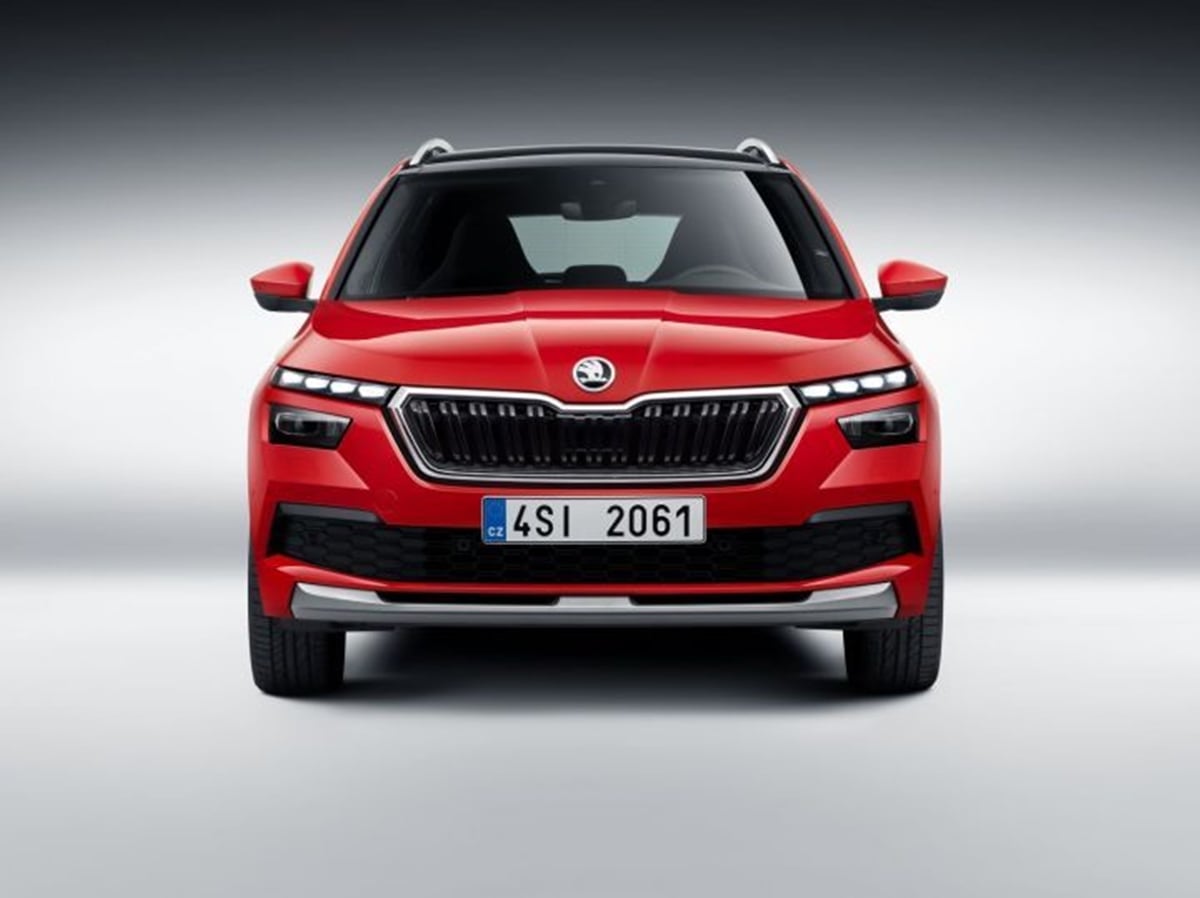Skoda Kamiq is one of the most hotly anticipated SUVs now and with a likely preview at the 2020 Auto Expo, here’s everything you can expect from the newest mid-size SUV coming to India.
Skoda Auto India has finally confirmed that the Kamiq SUV will be launched in India in 2020. What’s more? India will be getting the premium Euro-spec model that we have seen in the spy shots. The Kamiq is a mid-sized SUV that will rival the likes of the MG Hector, Kia Seltos and Hyundai Creta.
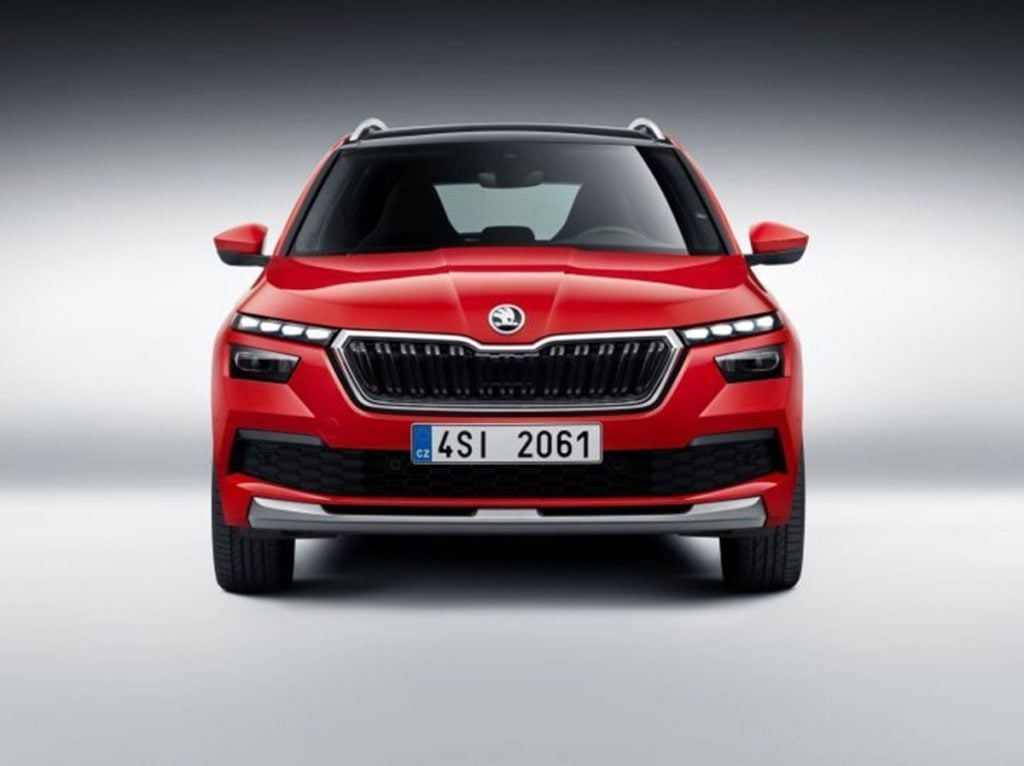
In fact, the Kamiq is the mid-sized SUV that we have been waiting for from Skoda Auto and Volkswagen India and its based on VW Group’s cost efficient MQB-A0 platform. The Skoda Kamiq will most likely be displayed at the 2020 Auto Expo and it has all the latest design and technology that the Czech carmaker has to offer. Lets look at the Skoda Kamiq in a little more detail and what you can expect from it.
Exterior Styling
The Kamiq is a very handsome looking car. The face is dominated by a split headlamp design and it is by far the best looking we have seen on any SUV. it also gets faux silver skid plates on the bumpers. In profile, the Kamiq looks like a mini-Kodiaq which really gives it an upmarket appeal. There’s a sharp character line running from the front fenders, all the way to the tail lamp and the SUV sits on 17, 18 or even 19-inch wheels that impart a planted stance. At the rear, the SUV gets sleek wrap around tail lamps which are lot similar to the Kodiaq and also a sporty rear bumper.
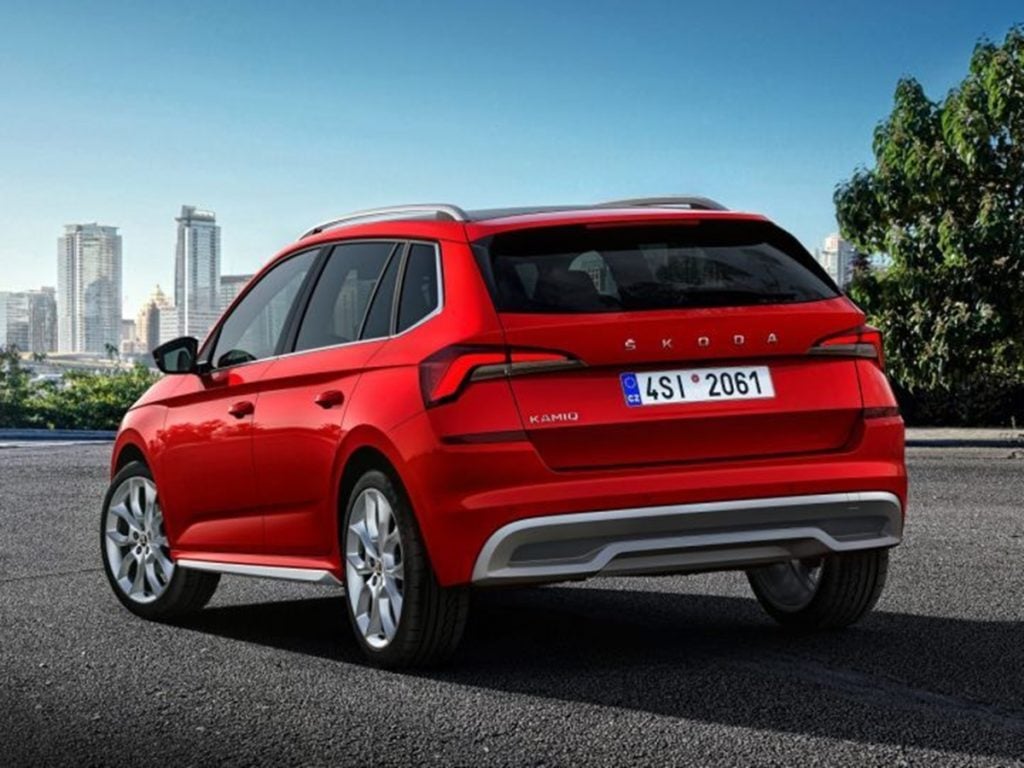
Dimensions
The Kamiq is a little smaller than its competitors. In fact, it is the smallest of the lot when compared to Creta, Seltos and MG Hector. The Kamiq measures 4,241 mm in length, 1,793 mm in width, 1,531 mm in height and has a wheelbase of 2,651 mm. With these dimensions, the Kamiq is full 414mm smaller, 42mm narrower and 229 shorter than the MG Hector, one of the biggest SUVs in the segment. However, its wheelbase is longer than that of the Creta and Seltos and that could translate to more interior space for the Kamiq.
Interiors
The Kamiq comes with the latest dashboard design from Skoda. The dashboard is dominated by a new floating touchscreen infotainment system which sits on top. Below it are the AC vents, further followed by the climate control knobs that have been redesigned from from the standard unit seen in Skoda cars for a while. The center console houses a traditional gear lever along with an array of buttons. Other highlights of the cabin include a fully digital instrument cluster. The cabin looks neat, yet sophisticated and comes in an all-black theme.
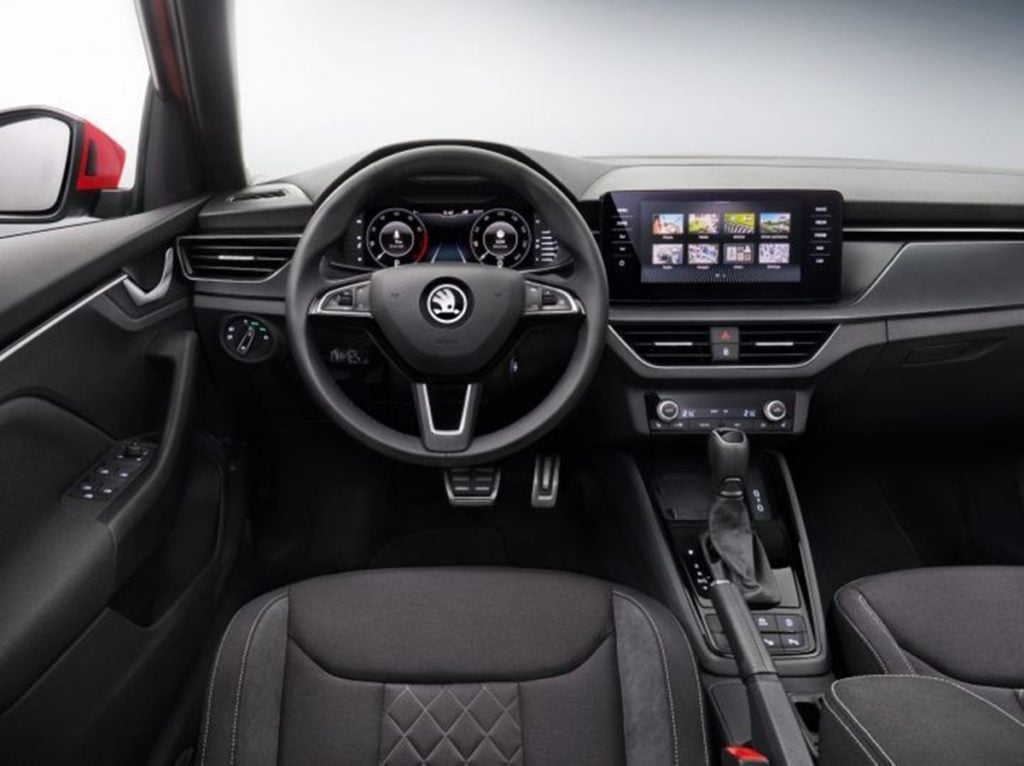
Features
The Skoda Kamiq is a pretty well equipped car. It comes with features like a touchscreen infotainment system, dual-zone climate control, keyless entry with push button start, a multi-info display, steering mounted audio controls, automatic headlamps as well as an auto-start stop function. It is also expected to come with connected-car tech, Android Auto and Apple CarPlay, and a sunroof. The Euro-spec model also comes with safety features like nine airbags, ABS with EBD, front and rear parking sensors, electronic stability program, lane assist, ISOFIX and more. It scored an impressive five stars in the Euro-NCAP safety test.
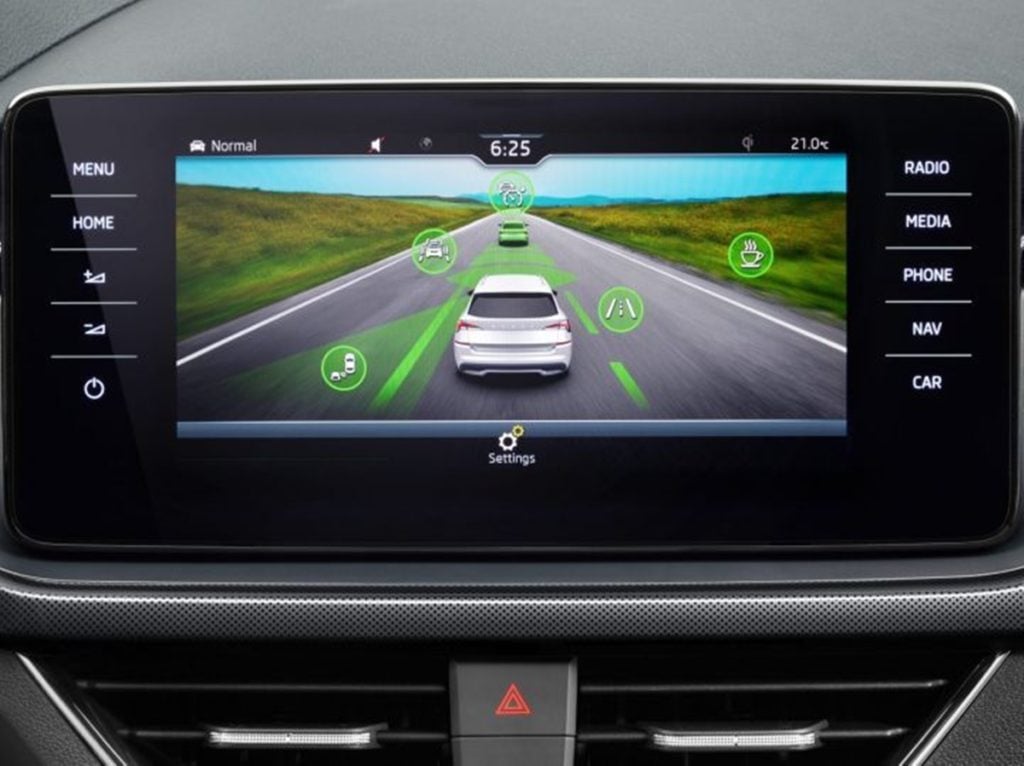
Also Read : MG Planning To Roll Out A More Affordable Electric Vehicle By 2022
Powertrain Options
Internationally, the Kamiq is available with three petrol, two diesel and one CNG powertrain. Skoda hasn’t yet confirmed the exact engine options for the Kamiq in India. However, we expect that the Kamiq could come with a TSI petrol engine and a TDI diesel powertrain, both BS6-compliant units. Skoda will also likely offer both manual and DSG gearboxes with both the engines. Skoda could also offer the Kamiq with a CNG option as the carmaker has expressed interest for the cleaner fuel in the country.
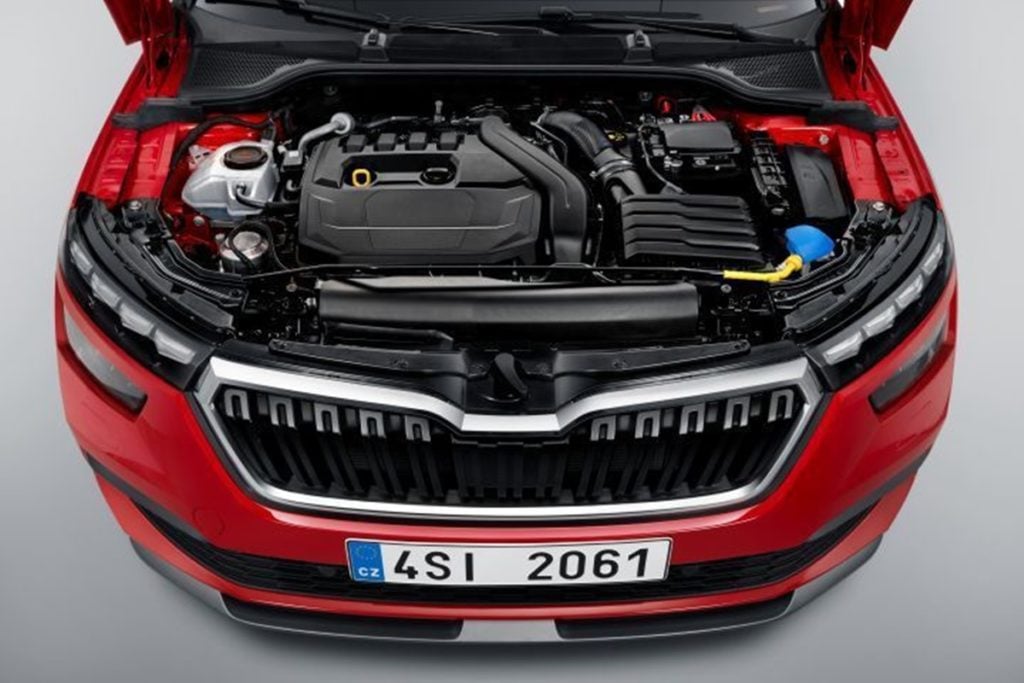
Also Read : List Of Problems That Are Being Faced By Kia Seltos Owners
Expected Prices and Rivals
In all probability, Skoda will display the Kamiq at the 2020 Auto Expo. The Kamiq is expected to be priced between Rs. 10-17 lakhs in India and it will rival the likes of the Kia Seltos, Hyundai Creta, MG Hector, Tata Harrier and Mahindra XUV500.

